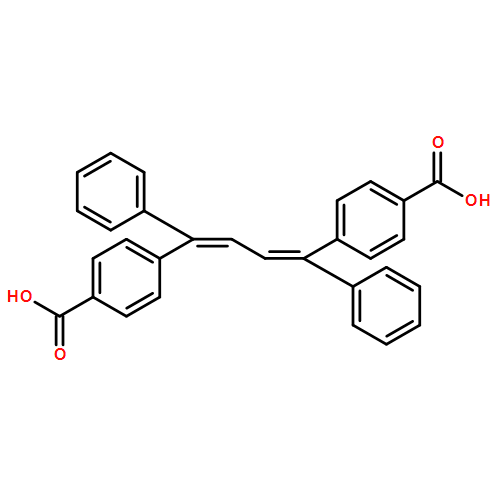Co-reporter: Yuexin Guo ; Xiao Feng ; Tianyu Han ; Shan Wang ; Zhengguo Lin ; Yuping Dong ;Bo Wang
pp: 15485-15488
Publication Date(Web):October 17, 2014
DOI: 10.1021/ja508962m
Herein we report three metal–organic frameworks (MOFs), TABD-MOF-1, -2, and -3, constructed from Mg2+, Ni2+, and Co2+, respectively, and deprotonated 4,4′-((Z,Z)-1,4-diphenylbuta-1,3-diene-1,4-diyl)dibenzoic acid (TABD-COOH). The fluorescence of these three MOFs is tuned from highly emissive to completely nonemissive via ligand-to-metal charge transfer by rational alteration of the metal ion. Through competitive coordination substitution, the organic linkers in the TABD-MOFs are released and subsequently reassemble to form emissive aggregates due to aggregation-induced emission. This enables highly sensitive and selective detection of explosives such as five-membered-ring energetic heterocyclic compounds in a few seconds with low detection limits through emission shift and/or turn-on. Remarkably, the cobalt-based MOF can selectively sense the powerful explosive 5-nitro-2,4-dihydro-3H-1,2,4-triazole-3-one with high sensitivity discernible by the naked eye (detection limit = 6.5 ng on a 1 cm2 testing strip) and parts per billion-scale sensitivity by spectroscopy via pronounced fluorescence emission.
